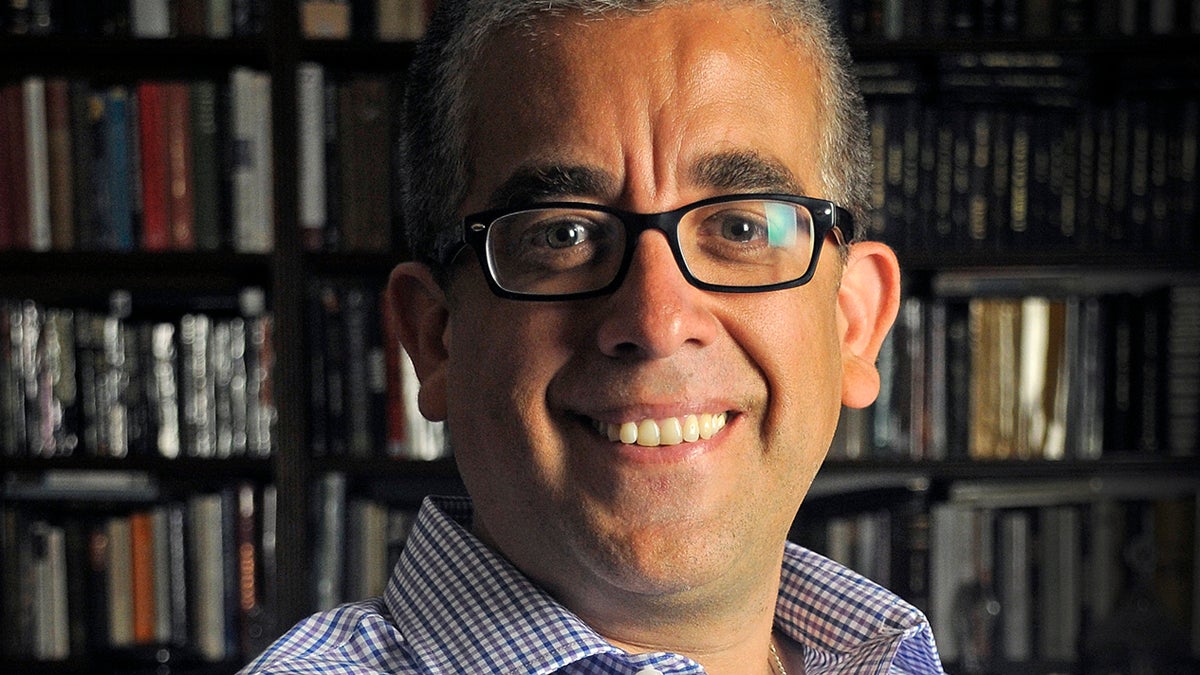Princeton scientist taking another step toward refining fusion

Dr. Luis Delgado-Aparicio at the Princeton Plasma Physics Laboratory hopes to bring fusion power closer to becoming a safe, clean and plentiful energy source. (Photo by Claudia Cisneros)
A $2.6 million grant could help lead the way to the Holy Grail of energy production.
Grant recipient Luis Delgado-Aparicio, a Princeton fusion scientist, will lead a team of researchers in five years of experiments aimed at bringing fusion closer to becoming a safe, clean, and plentiful energy source.
Their work will target a major barrier to that long-sought goal – the impurities created during fusion reaction interfere with efficient energy production.
Delgado-Aparico, 43, says fusion reaction causes hot matter to bump the walls of a reactor — usually lined with high-strength material such as carbon, lithium alloy or tungsten — and form impurities, which fall into the reactor core. And then?
“When those materials fall into the middle of the reactor, in the center of the core, they radiate a lot of energy. And naturally, by radiating energy, the plasma cools down,” he explains. “We need to devise methods to avoid that problem. In case it happens, we need to think of a solution and actuators to flush the impurities away.”
Delgado-Aparicio is counting on the Early Career Research Program grant from the U.S. Department of Energy to help his team figure out that exasperating puzzle.
“The purer the fuel, the more amount of neutrons you produce, and the more the amount of energy you can give to cities and countries,” said the native of Peru.
Right now Delgado-Aparicio and his team are using a centrifugal device to push the impurities away from the reactor core. Picture a wheel turning and the heavier impurities pushed outward so the core remains clean and reactions more efficient.
The plasma must be incredibly hot to spur collisions between the atomic nuclei, which then release the energy – “100 million or 200 million degrees, which is several times hotter than the sun,” he says.
To give you an idea of how difficult studying fusion reaction can be, fusion energy bursts —called “discharges” — usually last anywhere from one to 10 seconds. If Delgado-Apacio’s experiments are successful, discharges could last up to eight minutes, enabling the team to study the plasma in a more stable state. And that may translate into fusion power, about which he is very excited.
“The promise of fusion is a decade or two away,” he said. “But what we try to achieve is a way to produce energy in a free and safe manner from water without greenhouse gasses that would pollute the environment and without the issues, geopolitical or safety issues, involving nuclear fission.”
WHYY is your source for fact-based, in-depth journalism and information. As a nonprofit organization, we rely on financial support from readers like you. Please give today.

